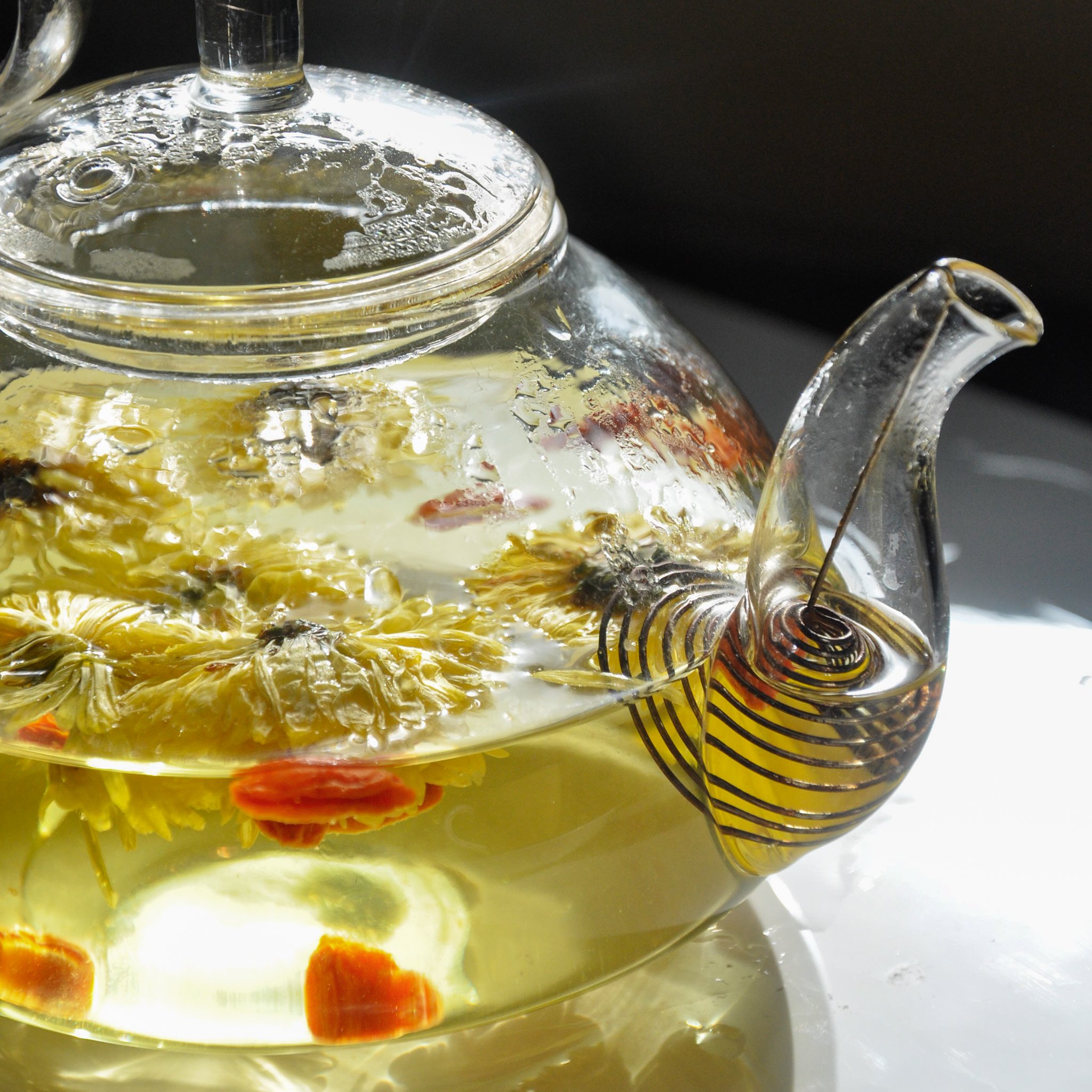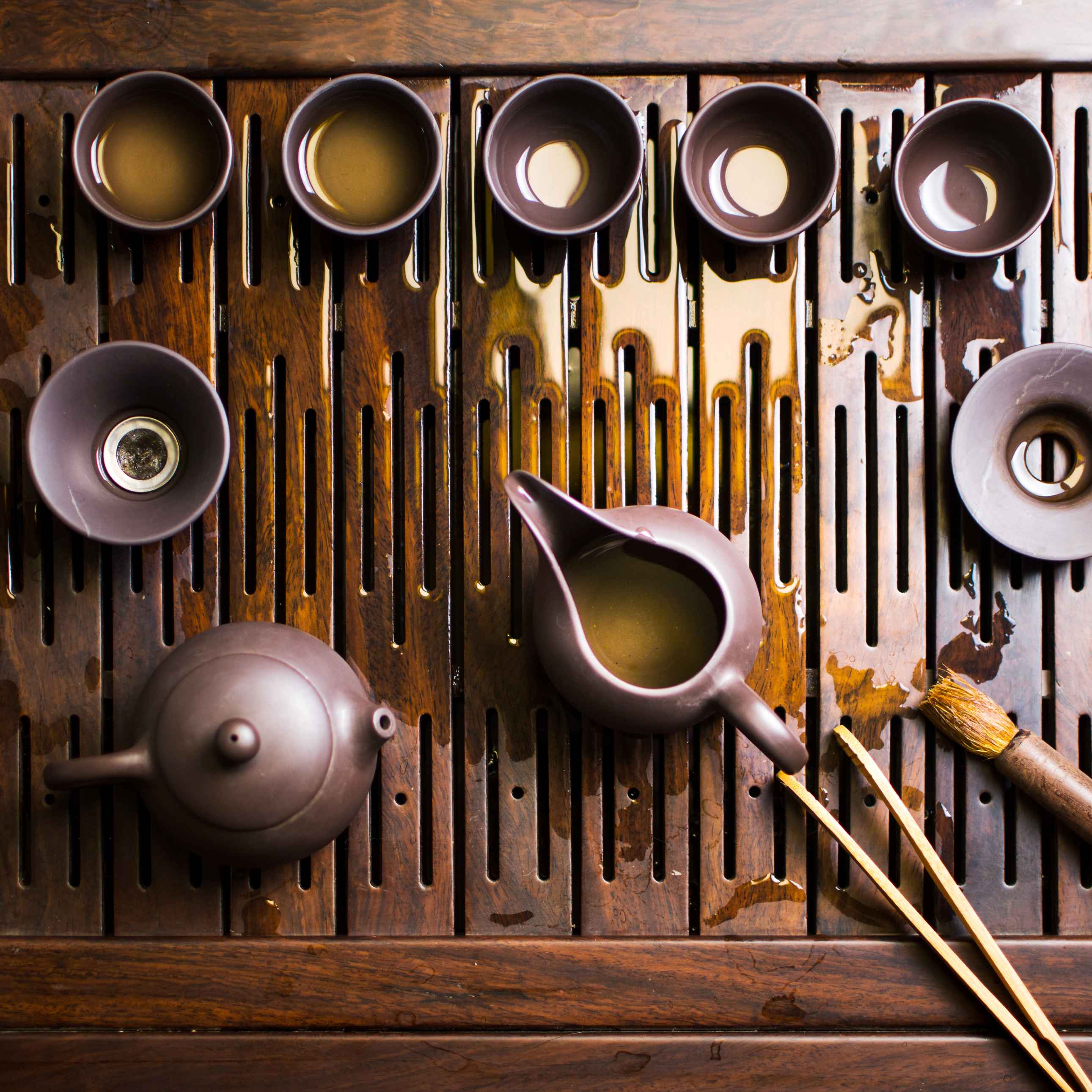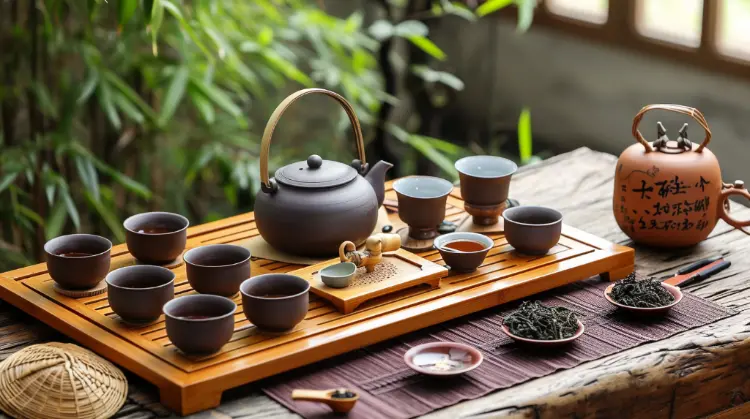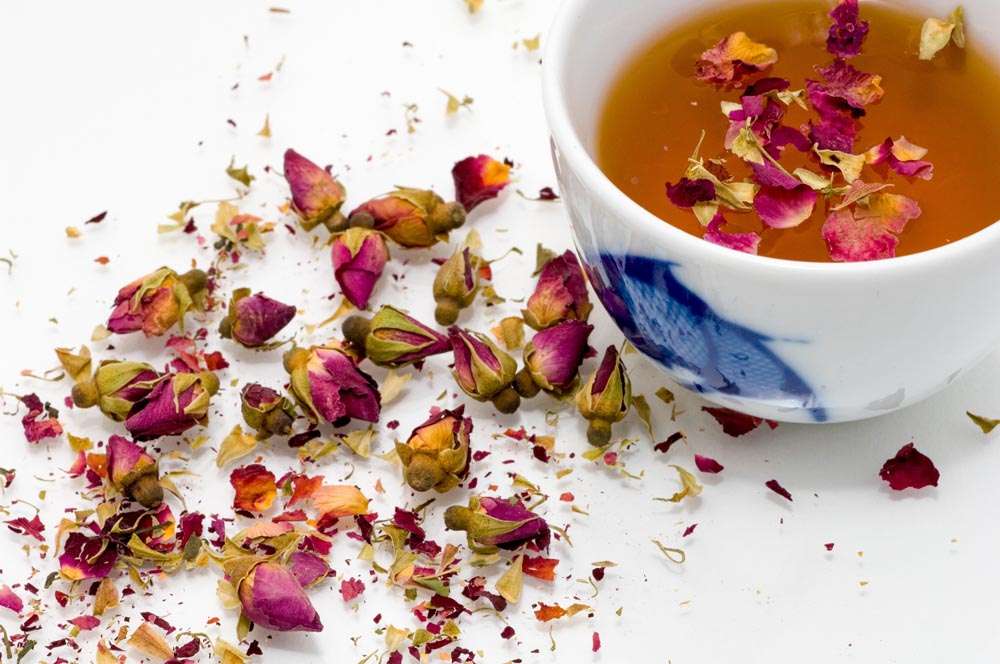How to Make Brewing a Cup of Tea a Therapeutic Experience
Brewing a cup of tea can be much more than a simple act of preparing a beverage—it can be a deeply therapeutic ritual that calms the mind, nurtures the soul, and fosters mindfulness. By turning this everyday activity into a practice of intentionality and presence, you can transform the simple process of making tea into a moment of self-care.
Here’s a step-by-step guide to elevating your tea brewing into a soothing, restorative experience.
1. Set the Scene
Creating the right environment is essential for a therapeutic tea experience. Your surroundings should evoke a sense of calm and relaxation.
Steps to Prepare Your Space
Clean and Declutter: Clear the area where you’ll prepare your tea to create a sense of order and focus.
Soft Lighting: Dim the lights or use natural light to create a serene ambiance.
Aromatherapy: Light a candle or use an essential oil diffuser with calming scents like lavender or chamomile.
Calming Sounds: Play soft instrumental music, nature sounds, or simply enjoy the silence.
By crafting a peaceful environment, you set the tone for mindfulness and relaxation.
2. Choose the Right Tea
The tea you select can greatly influence the mood and therapeutic benefits of your experience. Match your choice to your emotional and physical needs.
Tea Suggestions for Different Moods
Relaxation: Chamomile, lavender, or jasmine tea.
Energy Boost: Green tea, matcha, or a citrus-infused black tea.
Emotional Balance: Rose tea or a floral herbal blend.
Digestion Support: Peppermint, ginger, or fennel tea.
Choosing a tea that resonates with your current state can enhance its therapeutic effects.
3. Gather Your Tools and Ingredients
Having the right tools enhances the tactile pleasure of brewing tea and helps you stay fully present during the process.
What You’ll Need
High-Quality Tea: Loose-leaf tea is often richer in flavor and aroma than tea bags.
Teapot or Gaiwan: Choose a vessel that feels special or meaningful to you.
Tea Strainer or Infuser: For brewing loose-leaf tea.
Filtered Water: Clean water ensures the best flavor.
Optional Additions: Honey, lemon, or milk if desired.
Using well-crafted tools and fresh ingredients elevates the ritual into something special.
4. Practice Mindful Brewing
The act of brewing tea offers a perfect opportunity to practice mindfulness. By focusing on each step of the process, you can quiet your mind and center yourself in the present moment.
Mindful Brewing Steps
Heat the Water: Pay attention to the temperature required for your tea type:
Green tea: 70–80°C (158–176°F).
Black tea: 90–95°C (194–203°F).
Herbal tea: 95–100°C (203–212°F).
Measure the Tea: Use the right amount of tea leaves (typically 1 teaspoon per cup). Handle the leaves gently, noticing their texture, color, and aroma.
Steep with Intention:
Pour the water over the tea leaves slowly, observing how they bloom or release their fragrance.
Use the steeping time (2–5 minutes, depending on the tea) to focus on your breath or reflect on a positive thought.
Strain and Pour: Carefully pour the tea into your cup, appreciating the sound and color of the liquid.
This mindful approach transforms the brewing process into a calming ritual.
5. Savor the Tea with All Your Senses
Drinking the tea mindfully enhances the therapeutic benefits of the experience.
Steps for Mindful Sipping
Observe: Look at the tea’s color and clarity, noticing its unique hues.
Smell: Inhale deeply to appreciate the aroma, identifying subtle notes like floral, earthy, or fruity scents.
Taste: Take small, intentional sips. Focus on the tea’s flavor profile and how it changes as it cools.
Feel: Notice the warmth of the cup in your hands and the soothing sensation of the tea on your tongue.
By engaging all your senses, you deepen your connection to the moment and the tea.
6. Reflect and Rejuvenate
Tea rituals provide a quiet space for introspection and mental clarity. Use this time to reflect, meditate, or simply rest.
Reflection Prompts
What are you grateful for in this moment?
How does the tea make you feel physically and emotionally?
What intention can you carry forward into your day?
This pause for reflection can leave you feeling recharged and centered.
7. Extend the Ritual
You can expand your tea ritual by incorporating complementary activities that enhance its therapeutic effects.
Ideas to Enhance Your Tea Ritual
Journaling: Write down your thoughts, feelings, or creative ideas that come up during the ritual.
Reading: Pair your tea with a book of poetry, inspirational writing, or a calming novel.
Gentle Movement: Practice yoga, stretching, or deep breathing exercises while sipping your tea.
Integrating these practices can create a holistic self-care routine.
8. Make It a Daily Habit
The therapeutic benefits of a tea ritual grow when practiced regularly. Set aside a specific time each day to brew and enjoy your tea, whether it’s in the quiet of the morning, during an afternoon break, or before bed.
Tips for Consistency
Treat your tea ritual as an appointment with yourself.
Vary the teas and tools to keep the experience fresh and exciting.
Share the ritual with loved ones occasionally for a social connection.
Making tea rituals a part of your daily life fosters mindfulness and well-being.
Conclusion
Brewing a cup of tea is an opportunity to slow down, reconnect with yourself, and create a moment of peace in your day. By approaching the process with intention, mindfulness, and care, you can transform a simple act into a deeply therapeutic experience. Whether you’re savoring the warmth of chamomile before bed or energizing your morning with a green tea ritual, the art of brewing tea offers endless possibilities for relaxation and renewal.

How to make brewing a cup of tea a therapeutic experience





